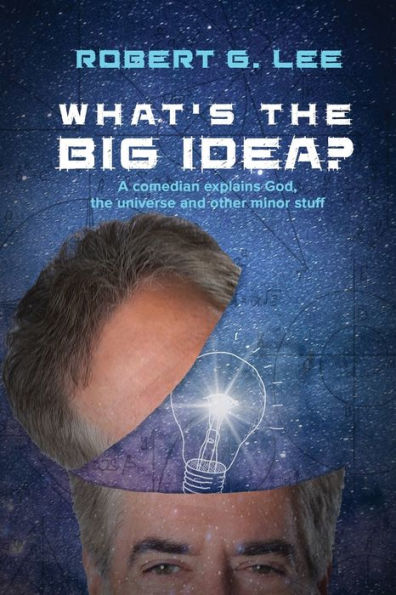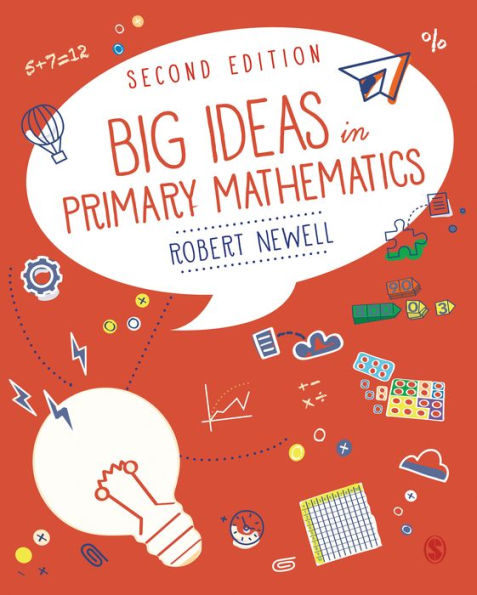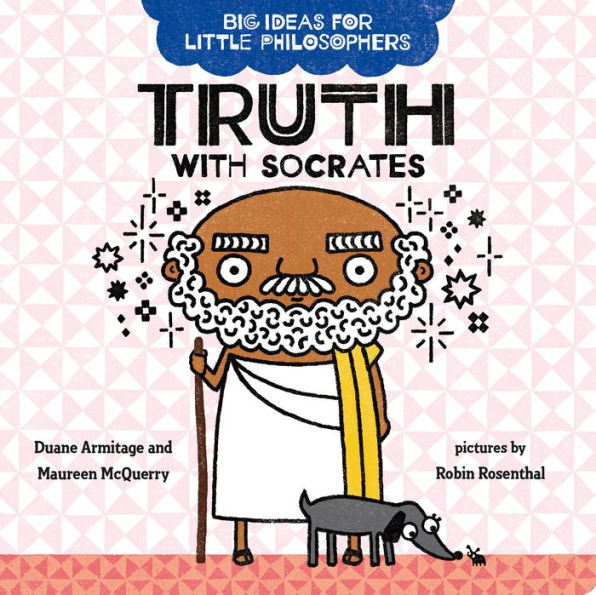Home
Calculus Reordered: A History of the Big Ideas
Barnes and Noble
Calculus Reordered: A History of the Big Ideas
Current price: $39.95


Barnes and Noble
Calculus Reordered: A History of the Big Ideas
Current price: $39.95
Size: Hardcover
Loading Inventory...
*Product information may vary - to confirm product availability, pricing, shipping and return information please contact Barnes and Noble
A look at how calculus has evolved over hundreds of years and why calculus pedagogy needs to change
Calculus Reordered
tells the remarkable story of how calculus grew over centuries into the subject we know today. David Bressoud explains why calculus is credited to seventeenth-century figures Isaac Newton and Gottfried Leibniz, how it was shaped by Italian philosophers such as Galileo Galilei, and how its current structure sprang from developments in the nineteenth century. Bressoud reveals problems with the standard ordering of its curriculum—limits, differentiation, integration, and series—and he argues that a pedagogy informed by the historical evolution of calculus represents a sounder way for students to learn this fascinating area of mathematics. From calculus’s birth in the Hellenistic Eastern Mediterranean, India, and the Islamic Middle East, to its contemporary iteration,
highlights the ways this essential tool of mathematics came to be.
Calculus Reordered
tells the remarkable story of how calculus grew over centuries into the subject we know today. David Bressoud explains why calculus is credited to seventeenth-century figures Isaac Newton and Gottfried Leibniz, how it was shaped by Italian philosophers such as Galileo Galilei, and how its current structure sprang from developments in the nineteenth century. Bressoud reveals problems with the standard ordering of its curriculum—limits, differentiation, integration, and series—and he argues that a pedagogy informed by the historical evolution of calculus represents a sounder way for students to learn this fascinating area of mathematics. From calculus’s birth in the Hellenistic Eastern Mediterranean, India, and the Islamic Middle East, to its contemporary iteration,
highlights the ways this essential tool of mathematics came to be.

















